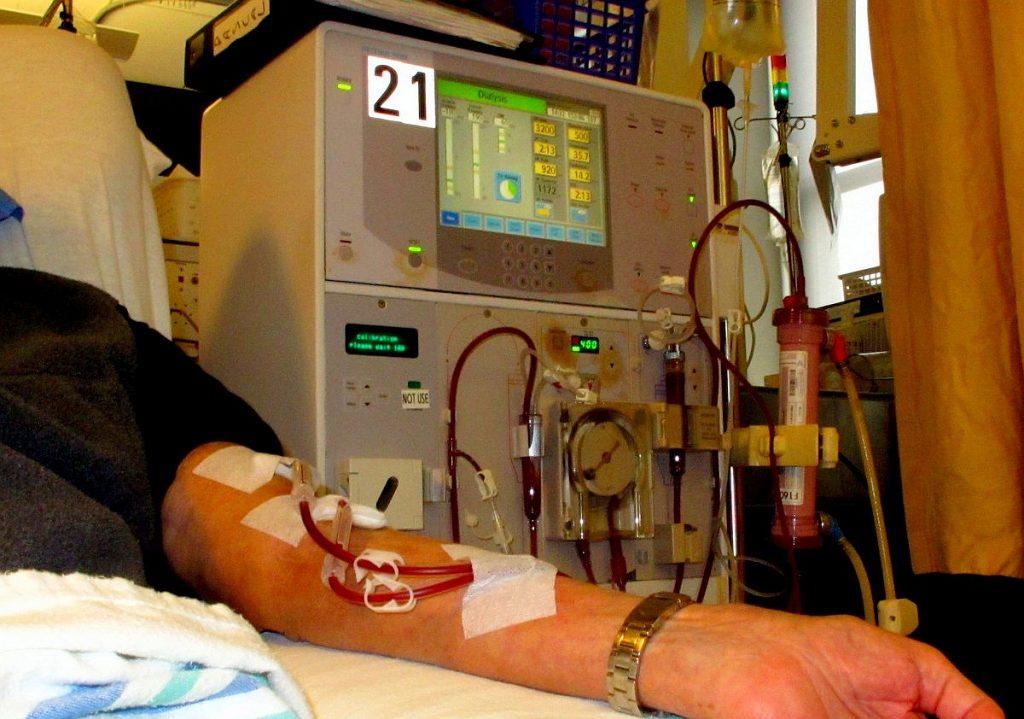by Godfrey Onime

“Dr. Onime, your patient in room 607 is throwing a fit,” read the nurse’s message on my iPhone. “He wants to leave. What should I do?”
I was half-way through lunch. I placed a call to the nurse and asked her to try and convince the patient to stay until I got there. “I have called security,” she said, “but we can’t continue to hold him if he doesn’t want to wait.” Gobbling down the rest of my meal, I clutched my drink and dashed to the elevator.
I’ll call the patient Mr. Freeman. He had irreversible kidney failure, or End Stage Renal Disease (ESRD). He often missed outpatient dialysis. He would end up in the emergency room huffing and puffing from volume-overload, his lungs bathed in fluids, and his potassium level dangerously elevated.
This time, Mr. Freeman had also suffered a heart attack and had been admitted to the ICU. He had received urgent hemodialysis, the on-call kidney specialist physician, or nephrologist, and nurse dashing to the hospital in the middle of the night for the task. Mr. Freeman had only been transferred out of the ICU to a monitored bed earlier today, the plan being for him to be observed for one more day and to receive another dialysis session tomorrow. Read more »
